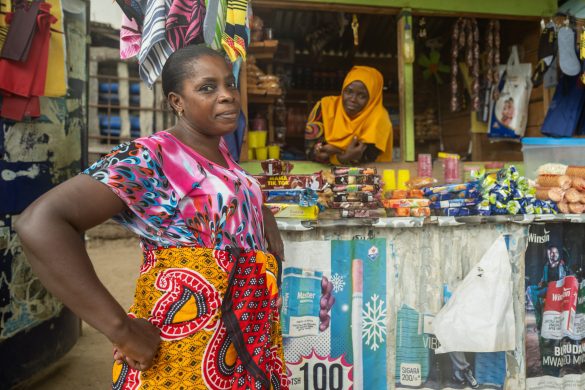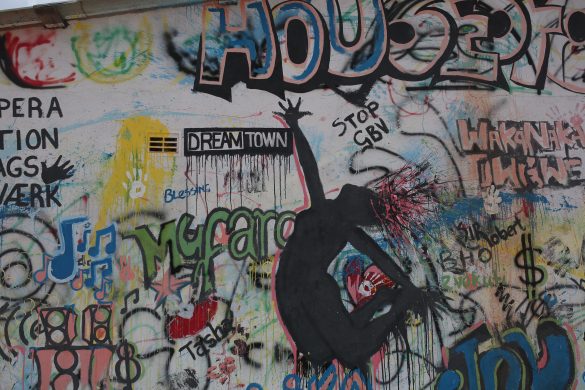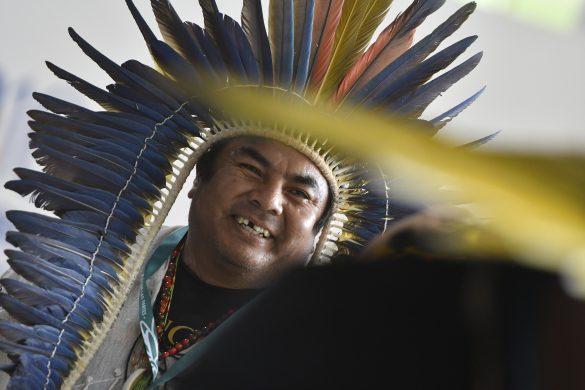Ørkenspredningen rider store dele af Afrika som en mare – men lokale beboere kan gøre noget ved det og det gjorde de så i en landsby i den sydlige del af det fattige Sahel-land Niger i Vestafrika.
KOULOUMBOUTEY (Niger), 18 July 2013: When village people and local authorities in southern Niger won back over one hundred hectares of degraded (nedslidt) land, they added one extra piece to a mosaic being laid across the Sahel and the Sahara aimed at tackling desertification and land degradation.
Ibrahim Dan Ladi, a 47-year-old farmer from southern Niger, remembers that his village of Kouloumboutey used to be surrounded by thick forest.
The trees protected the villagers against the wind, and their leaves and undergrowth provided good fodder for the animals.
But the trees started to disappear with El Bouhari, the great famine of 1984-1985, which was caused by drought.
“Overgrazing and excessive (over-håndtagende) felling did the rest to transform a forest into an area of barren land,” says commander Sidi Sani of Niger’s service for the environment and the fight against desertification.
Without the protection of trees and grasses, soil easily becomes a “glacis” – a thin cover of arable land at the mercy of wind and rain.
Working together
But land degradation can be stopped and precious soil be restored as the example of Kouloumboutey shows.
Since last year, the community and Sidi Sani’s service have joined forces to put an end to land degradation around their village.
Together, they identified the areas to be restored, as well as the vegetation to be planted, so there would be trees and herbage (planter), where the animals can feed themselves.
The villagers constructed bench terraces to stop water from running off and planted grass and trees to prevent the wind from carrying soil particles away.
Science-based
Læs videre på
http://www.fao.org/news/story/en/item/180394/icode














